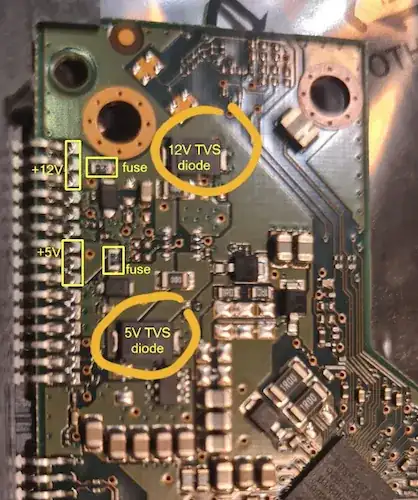My ~1 year old 1TB My Passport is not recognized by Windows anymore; see the following screenshot.
Windows asks to “reinitialize” it before being able to use it, however, since the disk contains important data without any back ups, I do not want to reinitialize and lose access to data.
I tried accessing the disk with Diskpart, it shows the following.
DISKPART> detail disk
WD My Passport 2626 USB Device
Disk ID: 00000000
Type : USB
Status : Online
Path : 0
Target : 0
LUN ID : 0
Location Path : UNAVAILABLE
Current Read-only State : No
Read-only : No
Boot Disk : No
Pagefile Disk : No
Hibernation File Disk : No
Crashdump Disk : No
Clustered Disk : No
There are no volumes.
I tried accessing the external disk using a few recovery tools, however, all the recovery tools failed to even “see” the disk.
I tried accessing it on my macbook. macOS Finder and Disk Utility also failed to see the device, I was only able to list the device using the following command.
% ioreg -p IOUSB
+-o Root ...
+-o AppleUSBXHCI ...
| +-o Apple ...
| +-o ...
| +-o USB2.0 Hub ...
| +-o USB 2.0 BILLBOARD ...
+-o AppleUSBXHCI Root Hub Simulation@01000000 ...
+-o USB3.0 Hub ...
+-o USB3.0 Hub ...
| +-o My Passport 2626@01212000 <class AppleUSBDevice, id 0x100002180, registered, matched, active, busy 0 (1 ms), retain 12>
+-o ...
+-o ...
Hence, there are only a very few options that can “show” the device, and many other tools, including the recovery tools do not even “see” the device hence they cannot initiate any recovery options on it.
I am under the impression that the MBR of the device is corrupt, and I was wondering how I can recover it given that all the numerous recovery tools I tried do not even “see” this device.
Edit 1
This post contains useful points for making back ups and trying to recover data; however, I tried most tools referenced in that post and they all fail to even "see" the external drive (i.e., they did not even recognize there is external drive connected). For instance:
- R-Studio lists the disk, but all options are grayed-out so I cannot use the tool to create an image of the disk.
- EASEUS from the v5.3.9 of Ultimate Boot CD does not even list the disk so I cannot copy the disk sector-by-sector.
- SMARTUDM (viewer 2.00) does not even list the disk.
Edit 2
The drive spins up, albeit with an strange sounds for the first few seconds, then spins regularly.
I tried different cables, ports, and computers: all with the same symptoms.
The drive does not have any physical signs of damage/drop.




